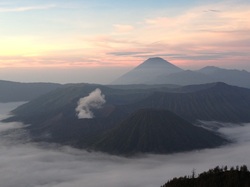
We had hardly been in bed for two hours and we were hauling ourselves out again, the girls sleepy and disoriented. An early start was needed for this special trip, but I thought that meant 5am not 1am. That isn’t getting up early. That’s going to bed late.
So in the middle of the night we drove two hours to see a spectacular sunrise over Mount Bromo, complete with fog below the volcano, and steam rising above.
After a two hour drive into the mountains, we swapped our hire car and driver for a Jeep and a local Tengger driver. This is the only way to get to the top of Gunung Penanjakan. Not only is this entrepreneurism a way of earning a living, it helps keep the narrow, steep roads from getting clogged. A snake of Jeeps slithered its way around the switchbacks spitting us out at the summit where a crowd of a couple of hundred people had gathered to witness the new day. We vied and jostled for the best photographic positions, and once trigger fingers had snapped the unforgettable scene we headed to a wunung, or coffee shop, for an injection of caffeine and a packed breakfast.
The Jeep snake slipped and slithered down the other side of the mountain to the “sand sea”, the wide river bed at the base of the volcano created from the black ash spewed from the fiery mouth. Tribesmen on horseback offered rides, at a price, to the foot of the steep steps that took us right to the volcano’s rim, where we could peer inside into the smoky mouth of a sleeping dragon. Bromo is one of three volcanoes in this 10km crater, which also includes Kursi and Batok.
With this bleak, almost baron moonscape, it is not surprising that, as mist clings to the sides of the volcano, legends surround Bromo. The Tengger believe Bromo was once part of a kingdom ruled by King Joko Seger and Queen Roro Anteng, who in desperation for a child, prayed to the god of the volcano. They bore 25 children, but the god demanded that the youngest, a son called Dian Kusuma, be sacrificed in return. When the Queen refused, the brave boy threw himself into the fire to save the kingdom. Today, people still throw dried flowers, food and money into the pit, but unfortunately, a few plastic bottle and waste items have started to find their way into the pit.
So what else could you ask for: tragic legends, stunning scenery and… of course, some sleep. It really is a trip worth doing, even if it’s an early start. The rest of the day was spent recovering. I didn’t really need an excuse, but a massage was a perfect way to do this.

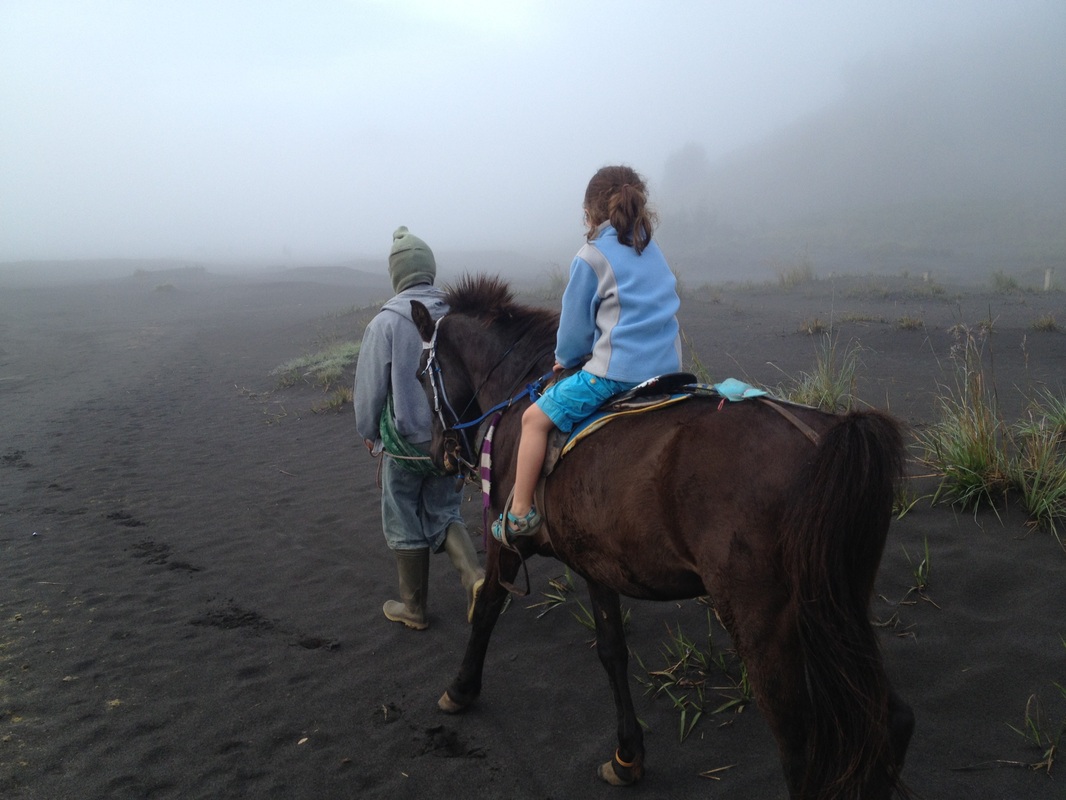
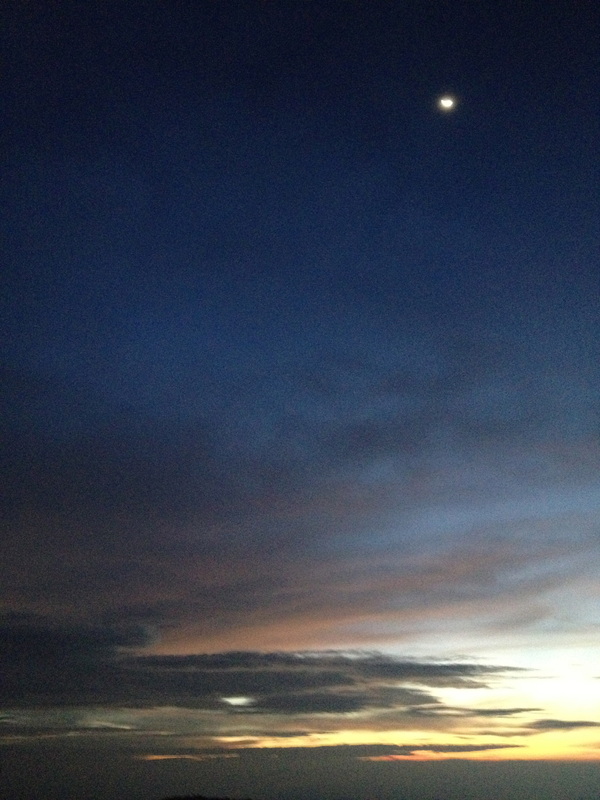
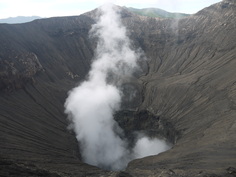
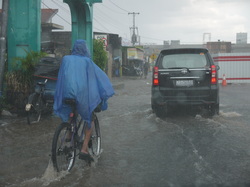
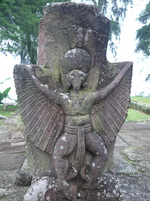
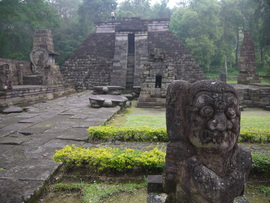
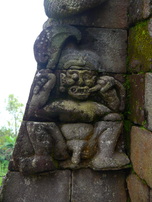
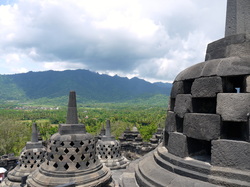
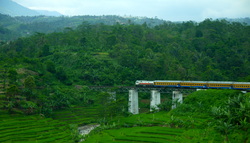
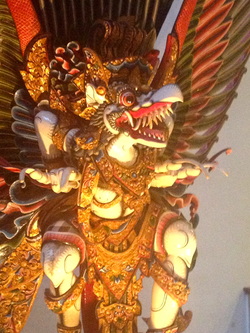
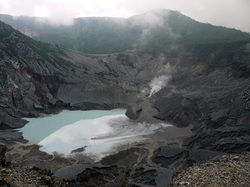
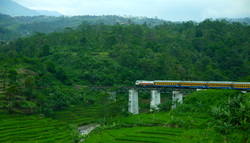
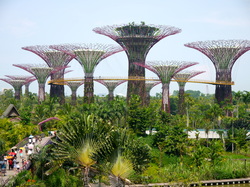
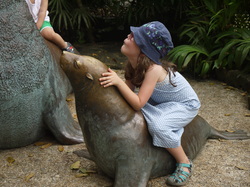
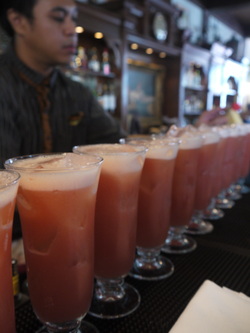


 RSS Feed
RSS Feed
